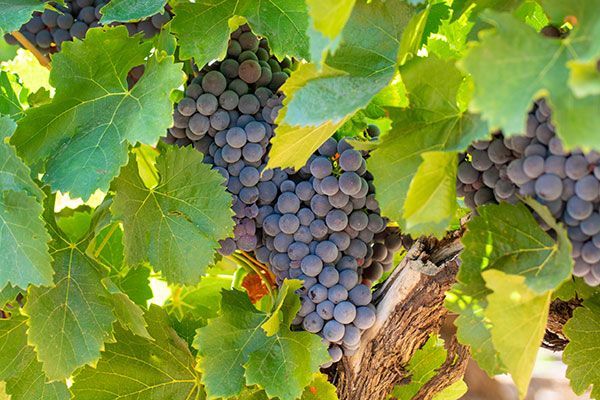
Rosé wine is made from blue grapes and sometimes combined with white grapes. So it is not a combination of red and white wine, as mixing these two wines is prohibited.
Rosé is a very light red wine, which is drunk chilled. Yet this wine is produced very differently. The best-known method is to bruise the grapes shortly after they are picked and then letting them get in contact with the juice that comes out of the grapes. Once the winemaker finds that the juice has acquired a nice colour, the skins and juice are separated from each other.
There are light and dark rosé wines available. The colour is determined by the amount of dyes in the skins and how long the skins have been in contact with the juice. For example, rosé wines from Spain and Portugal can be much darker in colour. However, the colour says nothing about the sweetness of the rosé, but it does say something about the extraction of the wine. The darker the colour, the longer the skins have been in contact with the juice. This often gives more body, flavour, power and tannin, but it does not have to be. It depends on the flavour of the skins. Therefore a rosé can be very good both when it is light in colour and when it is dark in colour.
Turn rosé wine into an alcohol-free rosé wine
To turn rosé wine into an alcohol-free rosé wine, different methods are used, just like for alcohol-free white and red wines. Do you want to know more about this? Then read our blog: How is non-alcoholic wine made?
